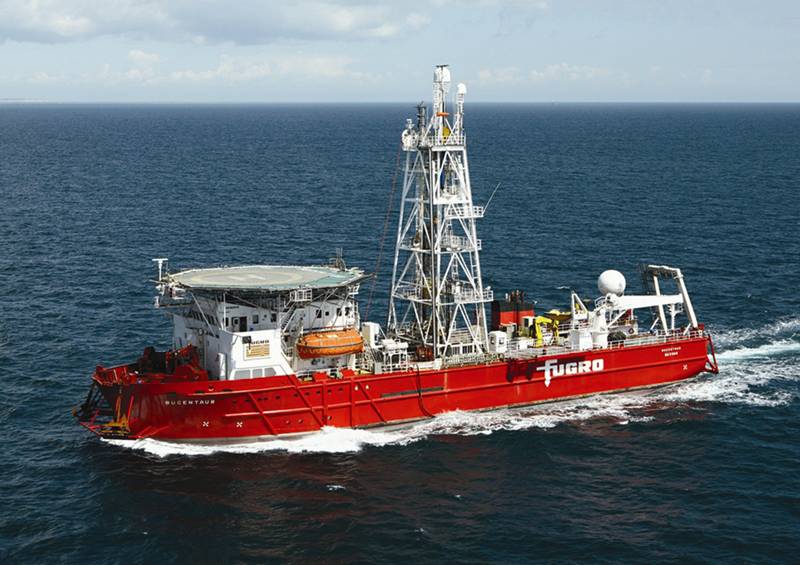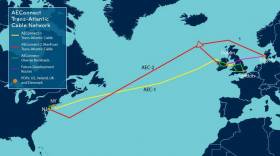Displaying items by tag: Transatlantic Cable
Transatlantic Cable from New Jersey, Funded by Facebook & Google, to Come Ashore in Clew Bay
Fugro, a Dutch geotechnical, survey, subsea, and geoscience services provider, will be carrying out marine operations on behalf of TE Subsea Communications LLC (TESubCom) for the HAVFRUE Subsea Cable System Project. The project is scheduled to begin on Saturday 20th January 2018 and last for approximately 14 days (weather permitting).
Havfrue (Norwegian for Mermaid) is the brand name for the wider cable system, of which Aqua Comms will own and operate a large proportion. It is the first subsea cable system to connect Northern Europe and the US in almost twenty years. The project was commissioned by a consortium of companies that includes Bulk Infrastructure, Facebook and Google.
 The Department of Transport, Tourism and Sport has been advised that Fugro (pictured above) will be carrying out marine operations on behalf of TE Subsea Communications LLC for the HAVFRUE Subsea Cable System Project
The Department of Transport, Tourism and Sport has been advised that Fugro (pictured above) will be carrying out marine operations on behalf of TE Subsea Communications LLC for the HAVFRUE Subsea Cable System Project
Irish Submarine cable supplier and operator Aqua Comms has joined forces with TESubCom, a company specializing in fiber optic cable deployments and marine services, to prepare the groundwork for a transatlantic cable network connecting New Jersey in the US with Ireland and Denmark. At present, Aqua Comms operates Ireland’s first dedicated subsea fibre-optic network connecting New York, London and Dublin.
Aqua Comms will also market and sell capacity services on its portion of the Havfrue cable system under the brand name America Europe Connect-2 (AEC-2) as complementary to its existing transatlantic cable, America Europe Connect-1 (AEC-1), running between New York and Killala in Co Mayo. The AEC-2 cable system will complete a ring-based network connecting the US, Ireland, the UK and Denmark.
Whereas the AEC-1 cable comes ashore in Killala, Co. Mayo, the AEC-2 cable loks like it is set to come ashore in Westport Co. Mayo, which lies on Clew Bay.
 The AEC-2 Cable run into Clew Bay, Co. Mayo Source: Department of Transport, Tourism and Sport
The AEC-2 Cable run into Clew Bay, Co. Mayo Source: Department of Transport, Tourism and Sport
This system is due to come online in the fourth quarter of 2019. TESubCom has already launched the cable route survey operations.
The network will connect Dublin to Manchester and the North Sea Connect cable linking Stellium-operated data centre in Newcastle, England to Esbjerg in Denmark, creating a circular network connecting each of the above mentioned locations to one another.
Survey operations for the link to Ireland will be conducted on a 24 hour basis. Throughout survey operations the vessel will be displaying the shapes and lights prescribed in the International Rules for the Prevention of Collisions at Sea (COLREGS) Rule 27, to indicate that the survey vessel is restricted in its ability to manoeuvre.
The vessel that will undertake the project is the MV Fugro Discovery (Callsign: 3EKE6). A listening watch will be maintained on VHF Channel 16, and the vessel will actively transmit an AIS signal.





























































